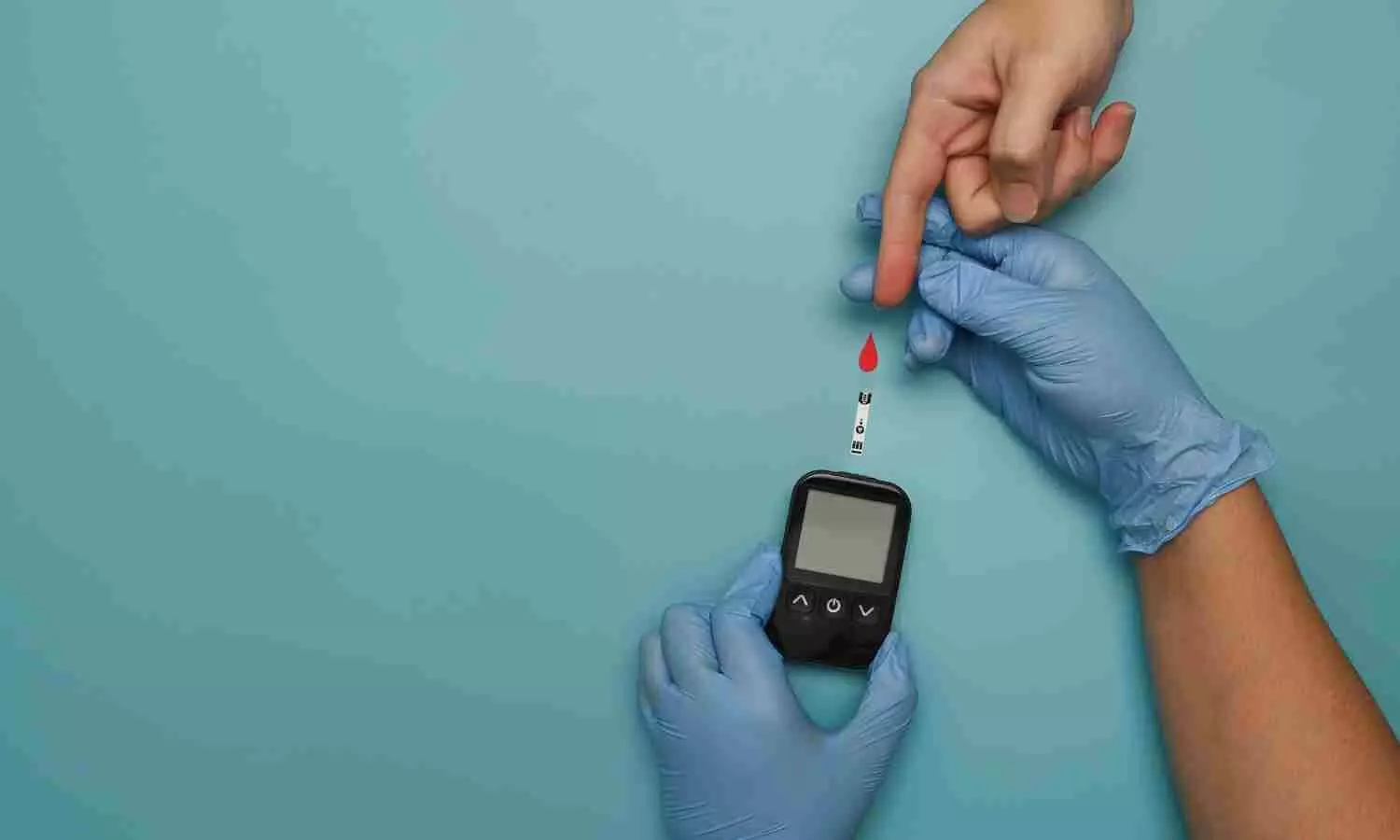Frequent Continuous Glucose Monitoring Significantly Improves Glycemic Control in Type 2 Diabetes: JAMA
- byDoctor News Daily Team
- 04 November, 2025
- 0 Comments
- 0 Mins

A new study published inJAMA Network Openhas identified that frequent use of continuous glucose monitoring devices is strongly associated with better long-term glycemic control among people with type 2 diabetes. These findings stress that it is not periodic monitoring but the consistent use of CGM that will play a vital role in sustaining glycemic improvement and optimizing diabetes management. The study was conducted by Irl B. and colleagues. Poor glycemic control is the fundamental driver of diabetes-related complications, and while CGM adoption has increased in the management of type 2 diabetes, evidence linking frequency of use to measurable clinical outcomes has remained scant. This large-scale study fills that gap by analyzing real-world data to establish a clear relationship between CGM usage patterns and HbA1C outcomes over 12 months. This retrospective, propensity score–matched, cross-sectional study used Optum deidentified Market Clarity Data, including insurance claims and electronic medical records collected from January 1, 2019, through December 31, 2023. The dataset included clinical information for 6 months before each participant's index date and 12 months of follow-up. The study population included 9,258 adults aged 18 years or older with type 2 diabetes and baseline HbA1C levels between 7.0% and 15.0%. The participants were stratified into five groups based on the frequency of CGM use during the 12-month postindex period: Control group (no CGM use): 4,629 patients Frequency 1 (≥1 to ≤90 days): 1,081 patients Frequency 2 (>90 to ≤180 days): 523 patients Frequency 3 (180 to ≤270 days): 540 patients Frequency 4 (>270 days): 2,485 patients Change in HbA1C was analyzed relative to the frequency of CGM use compared to no CGM use by using mixed-model statistical methods. The mean (SD) age of participants was 55.9 (10.6) years, with 45.4% female (4,207 patients). The primary outcome-change in HbA1C levels-showed a strong positive correlation between higher CGM use and greater improvement in glycemic control. At 12 months, the high-frequency CGM group (frequency 4) had the greatest HbA1C reduction of −1.52 percentage points (95% CI, −1.73 to −1.32), compared with a reduction of only −0.63 percentage points (95% CI, −0.80 to −0.45) in the no CGM group. Early improvements were evident at approximately 3 months, where all CGM user groups demonstrated significantly greater HbA1C reductions than controls: Frequency 1: −0.59 percentage points (95% CI, −0.96 to −0.21) Frequency 2: −0.57 percentage points (95% CI, −1.10 to −0.05) Frequency 3: −0.79 percentage points (95% CI, −1.25 to −0.34) Frequency 4: −0.91 percentage points (95% CI, −1.12 to −0.70) Control group: −0.28 percentage points (95% CI, −0.47 to −0.09) Most notably, there was no additional improvement beyond 6 months for CGM users in both frequency 2 and 3 groups, suggesting that partial or intermittent use does not confer continued benefits. By contrast, patients in frequency 1 and frequency 4 groups had sustained glycemic improvements over the entire follow-up period. The combination of frequent CGM use with a GLP-1 RA yielded even greater glycemic benefit, with a mean HbA1C treatment difference of −1.13 percentage points (95% CI, −1.46 to −0.80) compared with non-CGM users. The present study found that frequent continuous glucose monitoring was associated with significantly better HbA1C outcomes in adults with type 2 diabetes compared with infrequent or no CGM use. The findings reinforce that continuous and consistent CGM use is necessary to achieve long-term glycemic stability and that clinicians should foster adherence and review CGM utilization on a regular basis to optimize therapeutic outcomes. Hirsch IB, Garg SK, Repetto E, et al. Continuous Glucose Monitoring Frequency and Glycemic Control in People With Type 2 Diabetes. JAMA Netw Open. 2025;8(10):e2539278. doi:10.1001/jamanetworkopen.2025.39278
Disclaimer: This website is designed for healthcare professionals and serves solely for informational purposes.
The content provided should not be interpreted as medical advice, diagnosis, treatment recommendations, prescriptions, or endorsements of specific medical practices. It is not a replacement for professional medical consultation or the expertise of a licensed healthcare provider.
Given the ever-evolving nature of medical science, we strive to keep our information accurate and up to date. However, we do not guarantee the completeness or accuracy of the content.
If you come across any inconsistencies, please reach out to us at
admin@doctornewsdaily.com.
We do not support or endorse medical opinions, treatments, or recommendations that contradict the advice of qualified healthcare professionals.
By using this website, you agree to our
Terms of Use,
Privacy Policy, and
Advertisement Policy.
For further details, please review our
Full Disclaimer.
Recent News
Eli Lilly plans to build new USD 3 billion facilit...
- 04 November, 2025
Rajkot Maternity Hospital CCTV Leak: How a simple...
- 04 November, 2025
Gland Pharma profit rises 12 percent to Rs 184 cro...
- 04 November, 2025
Daily Newsletter
Get all the top stories from Blogs to keep track.


0 Comments
Post a comment
No comments yet. Be the first to comment!